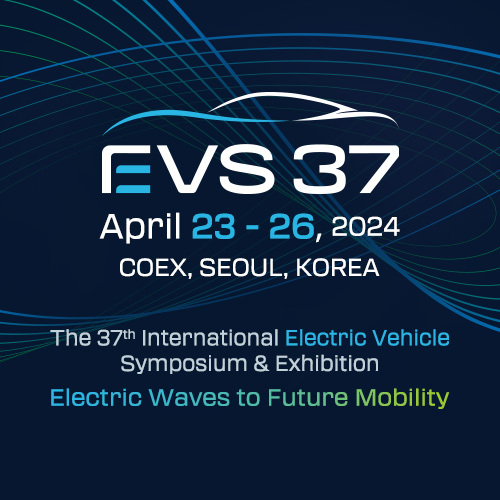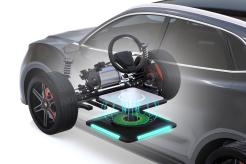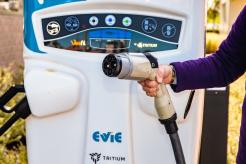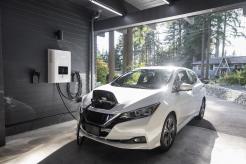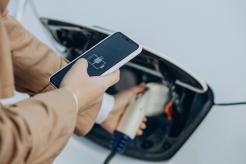Several of the world’s top carmakers have advanced the idea of manual transmissions in their electric vehicles. Two of them are already on the market.
Toyota plans to take this idea to the next level with their entry in the EV manual transmissions race with a prototype they intend to take mainstream. But read on to discover why EV manual transmissions won’t likely improve vehicle performance, even with expert drivers.

Image via Freepik
Why Do EVs Make Manual Transmissions Obsolete?
As US News’ John M. Vincent puts it, even today’s gas- and diesel-powered cars have little need for manual transmissions, given the vast improvements in “efficiency, durability, and performance” automatic gearboxes have made during the past few decades. However, he points out that some drivers crave the “visceral experience of shifting their own gears.”
Indeed, EV engines are so efficient that they rarely need a multispeed transmission, let alone a stick shift. Unlike traditionally powered engines, electric engines deliver the torque required to perform at any speed without shifting gears. They lack the torque peaks and valleys that need gas-powered vehicles’ drivers to change gears to meet performance requirements.
For example, a conventionally powered car needs more torque to get going after a complete stop. However, once it reaches cruising speed, it requires less torque and more speed. Therefore, the driver needs to shift into a higher gear (with less torque) lest they damage the clutch, overheat the engine, or both.
On the other hand, EVs produce maximum torque even at low RPMs, allowing them to get up to speed quickly without shifting gears. Then, when they reach cruising speed, they deliver plenty of power but less torque. Its broad power curve allows it to perform efficiently at any speed.
Vincent argues that installing a multispeed transmission in an EV can add to the vehicle’s weight and mechanical complexity, causing extra drag for the engine to overcome. The vehicle’s cost would also increase, making it more challenging for prospective owners to buy an EV with a multispeed gearbox.
Although these factors apply to most EVs, there are exceptions, including off-road use over rugged terrain and high-performance cars. Those vehicles require more RPMs than standard EVs, so a multispeed transmission with a short gear allows for more control at lower speeds and tackling off-road challenges with enough torque to maneuver the vehicle out of troublesome situations.
Although manual transmissions can give a driver more control in a gas- or diesel-powered engine, a multispeed automatic gearbox can usually satisfy the torque and control requirements of even high-performance and extreme off-road EVs.
But Couldn’t the Thrill of Shifting Gears Encourage More EV Adoption?

Image via Freepik
Many car enthusiasts miss the “fun factor” and sense of control that a stick shift gives them. For that reason, many of them shy away from even considering an EV purchase.
For some drivers, shifting manually could help them engage better with their car. That’s especially true with drivers who are kinesthetic learners — those people who observe best with the sense of touch and bodily sensations.
So, although most EVs don’t need a manual transmission to improve performance, an EV stick shift makes sense from the perspective of encouraging broader EV adoption. Appealing to kinesthetic learners, high-performance drivers, and those who love the thrill of driving a stick shift car benefits the EV industry. That’s cause enough for EV carmakers to jump into the stick shift market.
Porsche and Audi have EV stick shift models on the market, with more carmakers, including Dodge and Toyota, soon to follow. But don’t mistake these stick-shift EV cars for your prized 4-on-the-floor muscle car. Their clutches — if they have them — are mere electric switches, as are their shifters.
And unlike gas-powered cars with manual transmissions, drivers will have the option of switching modes to automatic.
Toyota’s Patented Stick Shift EV
Toyota’s stick shift EV is about as close to a true manual transmission as you can get in an EV. So much so that the carmaker has patented it, as MotorTrend’s Justin Banner observes.
Toyota’s engineers designed the car’s manual mode to camouflage the electronic clutch and shifter as the real McCoy. According to Toyota, the shifter and clutch will feel exactly like those in a gas-powered manual car.
However, unlike an old-school manual transmission, you can switch to automatic mode whenever you like.

Image via Freepik
The car has three modes:
- Full manual mode. This setting requires you to engage the clutch and shifter to mimic the feeling of changing gears.
- Clutchless mode. In clutchless mode, you only need to engage the shifter to “change gears.”
- Automatic mode. When you put your car in automatic mode, you won’t need to engage either the clutch or the shifter. It will function as any automatic transmission would.
With all these settings available, if you have a family member who feels intimidated at the prospect of driving a stick shift, they can simply switch to automatic when they take it out for a drive.
Even better, there’s no chance of stalling or grinding your gears in the Toyota stick shift EV. Its electric engine doesn’t need to change gears since it can instantly provide all the torque you need. However, if you’re in full manual mode, the car will either slow down or refuse to move, nudging you to engage the clutch, just as you would with a traditional gearbox.
How Does Toyota’s Prototype Drive the EV Charging Industry Forward?
While some executives — such as Honda’s — scoff at a faux stick shift for their EVs, Toyota has gambled on the “fun factor” to encourage hardcore sports car drivers and other manual transmission fans to switch to an EV. Although some of that number will refuse even to try the Toyota EV when it comes onto the market, those whose main reason for wanting a manual transmission is the thrill of the drive will likely at least try it out.
If Toyota’s engineers exceed performance expectations, though, word will spread among manual transmission enthusiasts. Winning over those dyed-in-the-wool performance car fans will go a long way toward building a more extensive customer base for EV charging infrastructure companies.
Learn More Strategies to Stay on the Leading Edge at the EV Charging Summit & Expo
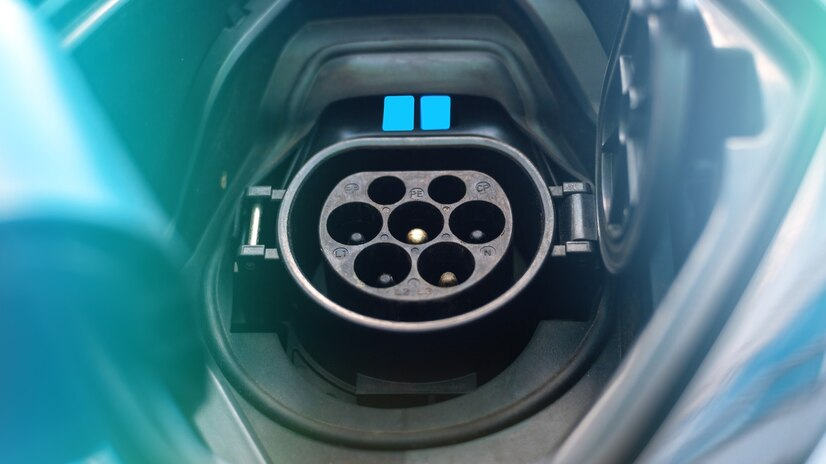
Image via Freepik
At an EV Charging Summit event, you’ll hear the latest developments in EV charging technology from the experts themselves. Even better, attendees will learn how to most efficiently market their EV charging business, leverage innovative ideas to encourage more EV use, and find funding opportunities that can help grow their business. Don’t miss it! Register for your seat today!

